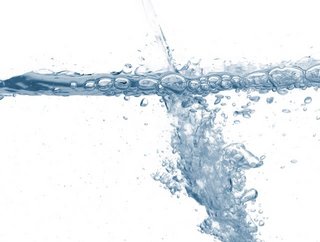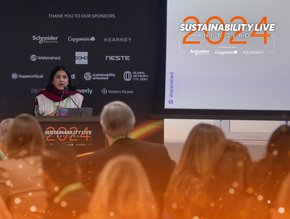How to get the best results from your laboratory water purification system

In scientific applications, pure water used in laboratories must pass through various technologies in order to remove impurities. Depending on the application requirements, the type of water purification system will vary, so a range of laboratory water purification equipment is available.
Whatever the specific system, good working practices are essential to ensure that laboratory water purification equipment runs efficiently and at peak performance. With waste-reduction of water currently a significant issue, we’ve identified some key measures you can take to ensure your laboratory water purification systems run efficiently with minimum waste.
Rinsing water purification cartridges
Water purification cartridges should be rinsed thoroughly before initial use to remove preservatives for long-term storage added during manufacturing. This is particularly the case in reverse-osmosis (RO) cartridges.
The rinsing of purification cartridges reduces total organic carbons (TOC) and increases resistivity.
Making the cartridge more effective in this way is certainly beneficial: it prolongs the life of the cartridge, making it more cost-effective.
When looking for cartridges, it’s worth identifying those that only require changing based on the amount of water that has been used. This means that the cartridge is fully utilised.
Storage of purified water
Pure water absorbs impurities over time, and it should be remembered that water storage tanks may leach organic or ionic compounds.
High-density polyethylene (HDPE) should be used to store Type 2 water prior to polishing, and it has the added benefit of being recyclable.
If the storage tank has a smooth and crevice-free interior then it’ll have 100 percent draining capacity; a conical base allows total removal of contents when cleaning. This makes sanitisation simple, meaning that less waste water is flushed away to the drain.
Monitoring water quality
The water quality used in the sample and solution preparation stage is as important as other reagents. Monitoring water quality continuously is essential to ensure that results are accurate and repeatable: measuring both resistivity and TOC ensures all impurities are accounted for. Since the level of TOC content does not affect the resistivity of the water, some water purification equipment does not monitor TOC content, which may therefore have an undesired effect on experiments.
Further energy efficiency benefits are gained by some innovative water purification systems, which are able to measure the conductivity during the final purification stages. Any water which does not meet the required standard can be recycled back around the system rather than flushed away to the drain.
Sample containers
Ultrapure, 18.2 MΩ-cm, water is an excellent solvent, and will try and bind with whatever it comes into contact with. This includes its storage container, so these should be made from inert material.
For best results:
- Use only freshly produced ultrapure water
- Do not store ultrapure water, as it rapidly reduces in quality due to binding with CO2, which forms carbonic acid.
Flushing the system
Over time, bacteria will grow and air will penetrate a laboratory water purification system. Keep this to a minimum by changing the hydrophobic air filter regularly and sanitising the system annually.
Remember that minimising your sanitisations means less waste water!
Energy saving features
A number of water purification systems available today offer all-important energy saving features, which not only benefit the environment, but also make your processes more efficient.
As mentioned above, innovative water purification systems recycle some of the water if it does not reach the required conductivity measurement, instead of wasting it by sending it to the drain. The variety in efficiency among different systems is significant - some produce only 14 percent pure water, whilst others can produce up to 70% pure water.
Some systems run on variable speed motors, which have an energy-saving ‘sleep’ mode when not in use. Additionally, variable speed motors mean that they only use the amount of energy required. Even when in full use, the energy consumption of the best laboratory water purification systems is the equivalent of running a domestic lightbulb.
Not only does this make your laboratory a quieter working environment, it cuts running costs, preserves natural resources and reduces pollution.
Dr. Matthew Mayhew is a Pure Water Specialist at Triple Red






